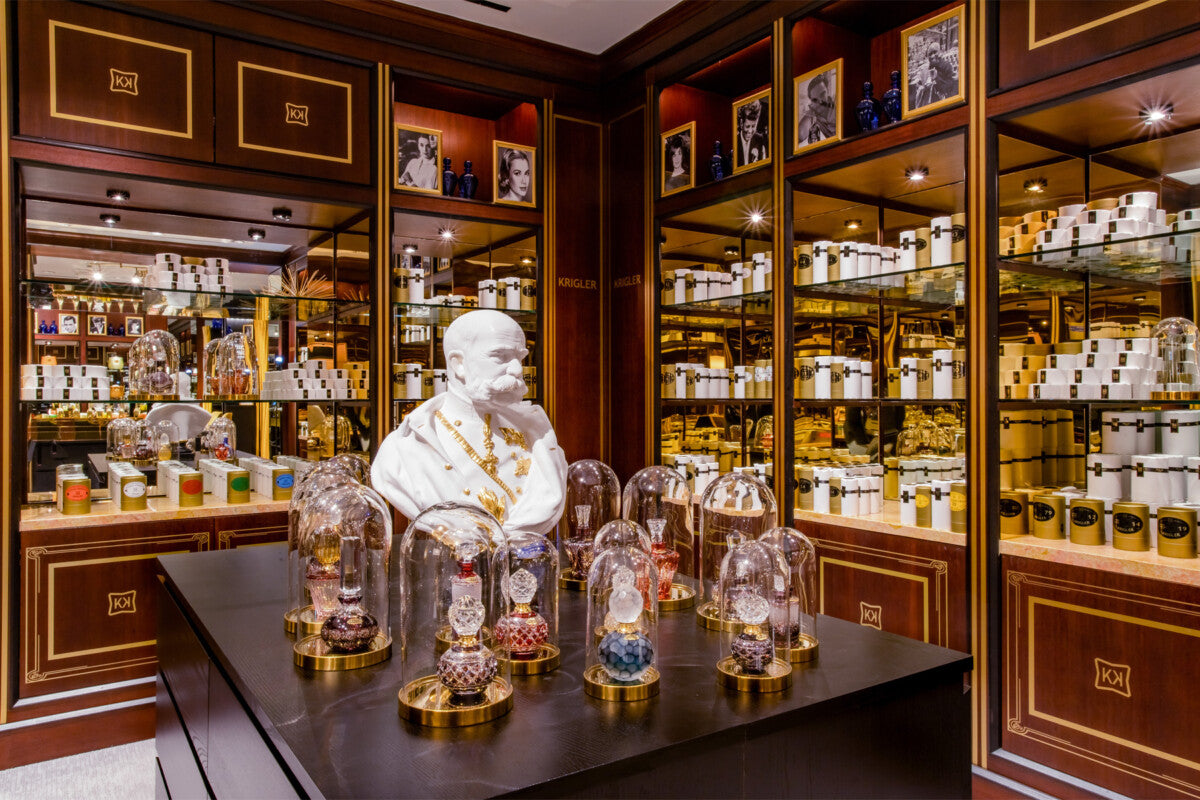
In the world of luxury brands, the most powerful experiences are often subtle and the least visible.
You can’t see the way a sophisticated boutique smells, or hear the scent in the lobby of a five star hotel, but the minute you step inside, you feel it. The very same hotels will infuse them into lots of fragrance products, such as body washes, hand soaps, room and body sprays, and custom branded candle collections.
That quiet sense of peace, elegance, or nostalgia you experience when you walk in the front door isn’t accidental. It’s scent that has been tailored with specific, comprehensive branding guidelines, and it’s transforming how brands connect with people and convert them into clients and fans.
The Unseen Power of Scent
Humans process scent differently from other senses. Aromas travel directly to the limbic system – the part of the brain tied to emotion and memory. That’s why just a whiff can almost instantly take you back to a moment, maybe many years ago, faster than any photo or song.
Luxury brands have long understood this invisible power. The right fragrance can stir deep feelings, bring memories into focus, and create lasting emotional association and attachment—all essential ingredients of brand loyalty.
This connection to scents - particularly luxury scents - is especially strong among young consumers.
According to a New York Times article titled “When Did Teen Boys Get a Nose for $300 Cologne?” Generation Z is “infatuated by designer colognes with price tags in the hundreds of dollars.”
This market trend has led many brands to invest heavily in elevated, experiential fragrances. A hotel might use a blend of white tea and cedar to make guests feel instantly at ease. A fashion house might diffuse leather and bergamot to remind clients of craftsmanship and sophistication. These choices are never random. They’re emotional cues, crafted intentionally around their branding, and desired positioning.
From Logo to Atmosphere: The Rise of the Signature Scent
For decades, visual identity was king: logos, font types, and color palettes defined a brand. But as experiences have become more immersive, companies are learning that how something feels is just as important as how it looks.
That’s where signature scents come in.
Just as a logo tells your eyes what to expect, a fragrance tells your emotions what to feel.
For hotels like The Westin, their signature “White Tea” fragrance is instantly recognizable to millions of travelers and available to buy in candle form—a sensory souvenir of a feeling.
For fashion retail, Abercrombie’s distinct fragrances once defined an entire store generation. More subtly, Aesop’s earthy, resinous notes now evoke calm, intelligence, and design sophistication, along with an elevated price point that fits well in the ‘new luxury’ segment.
For years, automotive and fashion brands: From Mercedes-Benz to Dior, custom scenting has become part of the experience of luxury—not an accessory, but a signature. The Mercedes S Class, their flagship sedan, and many other models, Mercedes even offers cabin fragrances that broadcast a feeling, such as ‘Downtown Mood’, ‘Sports Mood’, and ‘Agarwood Mood’.
For brands seeking a connection with their clients, scenting is the final layer of storytelling.
The Psychology of Scent and Emotion
What does scent communicate? Far more than we consciously realize.
Citrusy scents suggest energy and cleanliness. Woodsy scents imply depth, confidence, and quality. Florals express warmth, intimacy, soft elegance and care. And Amber and musk evoke sensuality and depth.
Each composition tells a story without words. The beauty of scent is that it connects directly to emotion—making it universal. Whether in Paris, Tokyo, or Toronto, people instinctively respond to fragrance before they interpret it.
That’s why well-designed scents can make a brand feel elevated, even before a logo or product is seen.
Designing Emotion Through Fragrance
Creating a brand scent is both art and science. It begins with understanding not what a company sells, but what it feels like to engage with them.
A perfumer—or, in the case of Spark Candles, a candle and fragrance design studio—translates those emotions into accords: top, middle, and base notes that evolve over time, mirroring the experience the brand wants to evoke.
For example, a modern wellness brand might want a crisp, botanical blend of eucalyptus, basil, and mint to suggest freshness and renewal. A heritage or bespoke fashion house could lean toward patchouli, amber, and suede to communicate legacy and warmth. A hospitality brand like a boutique luxury hotel or yacht charter company might seek the universal appeal of creamy woods and vanilla, or saffron and vanilla bean, signaling comfort and welcome.
The process is deeply collaborative. It’s about designing feelings through scent.
Scent as a Brand Memory
When someone leaves a hotel, boutique, or event, what do they remember?
It’s rarely the decor alone—it’s the atmosphere. The scent lingers in their mind long after the lights fade. It's also deeply personal and anecdotal; it may differ from person to person, but always encapsulates how they felt in the moment in their past.
This is what makes scenting one of the most powerful, yet underused, branding tools: it transforms temporary interactions into lasting memories. When someone later smells something similar, they unconsciously recall the experience—and the brand behind it.
That’s emotional branding at its most refined. Everyone is going to remember and cherish a fragrance that they love when it's tied to an experience they treasured.
In a world saturated with imagery and noise, the quiet power of scent is luxury’s most elegant differentiator. It’s what turns a moment into a memory, and a product into an experience.
For brands that want to leave a lasting impression, fragrance is more than a finishing touch—it’s their invisible signature.




